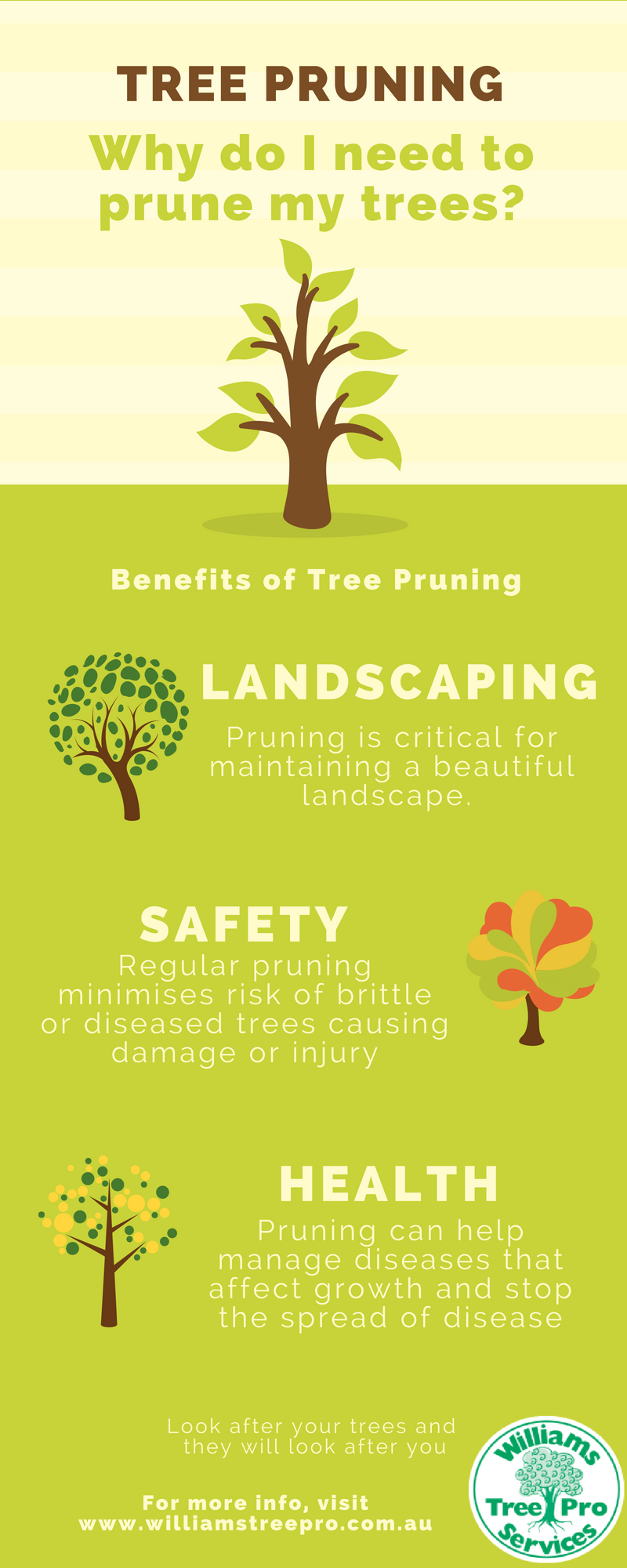Pruning Trees Seasonally: The Right Time And Strategies For Ideal Development
Pruning Trees Seasonally: The Right Time And Strategies For Ideal Development
Blog Article
Content Develop By-Mullen Conner
When it comes to seasonal tree trimming, timing and strategy are critical for your trees' health and wellness and development. You may be amazed at how much a straightforward cut can motivate new life. Understanding when to trim dormant trees versus blooming ones can make all the distinction. Yet it's not almost when; it's likewise regarding exactly how you do it. Let's discover the best methods to ensure your trees thrive.
Recognizing the most effective Seasons for Tree Trimming
When's the best time to cut your trees? The solution depends on understanding the seasons. Late winter season to very early springtime is typically perfect, as trees are still inactive. This timing decreases stress and promotes much healthier growth when they stir up.
Nonetheless, if you're taking care of flowering trees, take into consideration cutting right after their blooms discolor. This guarantees you won't remove next year's blossoms.
In summertime, light trimming can assist preserve shape and eliminate any kind of dead or unhealthy branches. Avoid hefty pruning throughout loss, as trees are planning for inactivity and could battle to recover.
Ultimately, recognizing your tree types and local environment will guide your cutting schedule. Pick sensibly, and your trees will certainly flourish beautifully year-round.
Vital Trimming Strategies for Healthy And Balanced Trees
Pruning your trees efficiently is vital for their health and wellness and durability. Beginning by utilizing clean, sharp tools to make exact cuts, which assists prevent damages and disease.
Focus on eliminating dead, harmed, or going across branches first; this urges much better air movement and sunshine penetration. When cutting, aim for an angle that promotes recovery and lessens the danger of rot. Always prune simply outside the branch collar, the swollen location where the branch meets the trunk, to improve healing.
For young trees, form them by precisely pruning to establish a solid structure. Ultimately, avoid over-pruning; removing too much vegetation can emphasize your tree.
Common Mistakes to Avoid When Pruning
Many property owners make critical mistakes while trimming their trees, which can bring about long-lasting damages.
One typical error is over-pruning, where you remove a lot of branches simultaneously. This can worry the tree and prevent its development.
pop over here is using plain tools; sharp, clean devices make cleaner cuts that recover faster.
Do not fail to remember to trim at the wrong season; winter is frequently best for many varieties, while summer is suitable for others.
Also, prevent cutting branches also near to the trunk or leaving stubs, as both can invite bugs and diseases.
Finally, stopping working to step back and analyze the tree's total shape can result in irregular growth.
Keep these blunders in mind for healthier, growing trees!
Final thought
Finally, seasonal tree cutting is critical for your trees' health and development. By pruning at the correct times-- late winter season for inactive trees and right after blossoms for flowering selections-- you'll urge lively vegetation and blooms. Bear in mind to make use of clean, sharp tools and adhere to proper strategies to avoid damages. Stay clear of hefty trimming in the loss and remain free from usual errors. With these ideas in mind, you'll keep your trees flourishing all the time!
